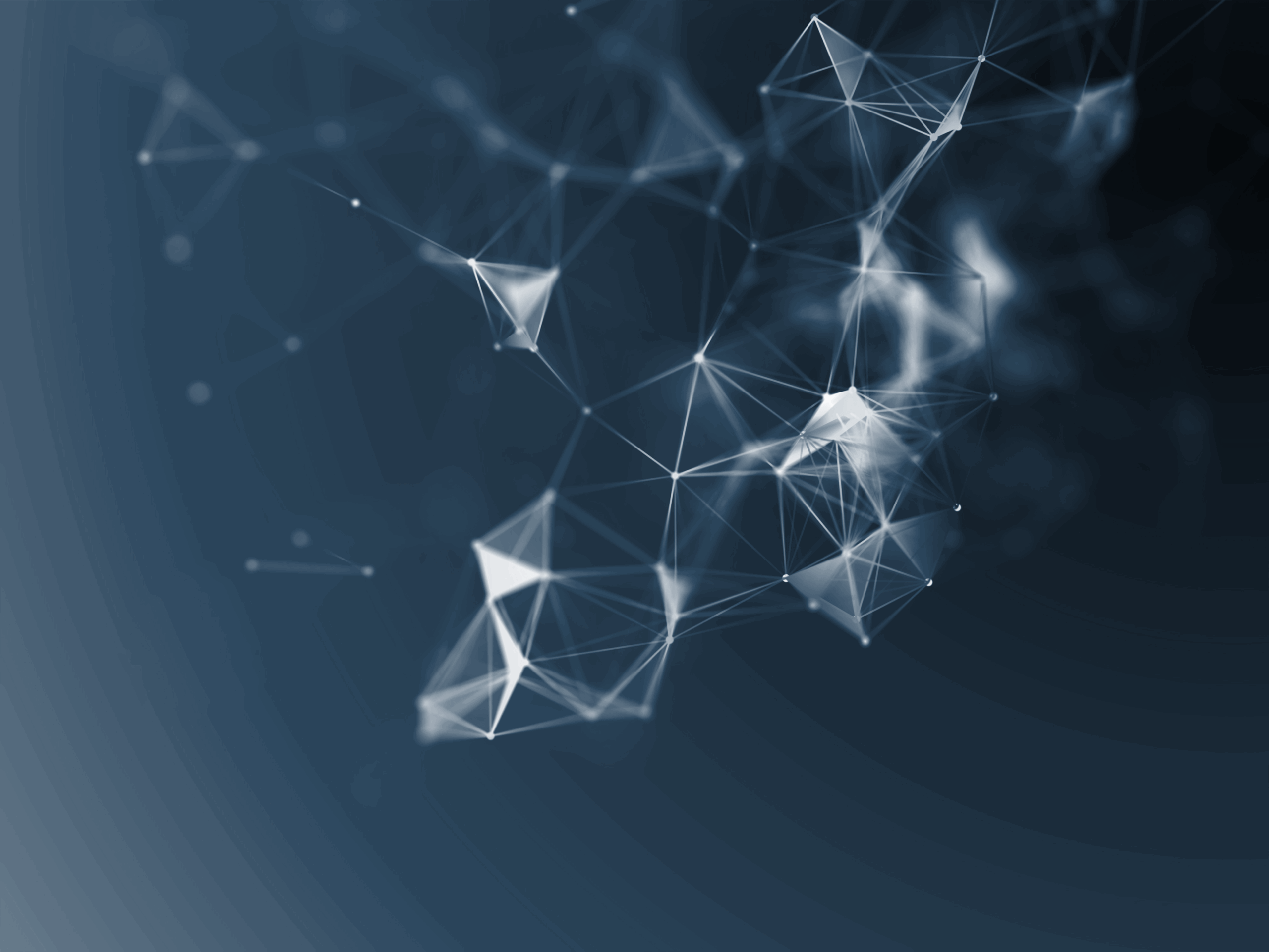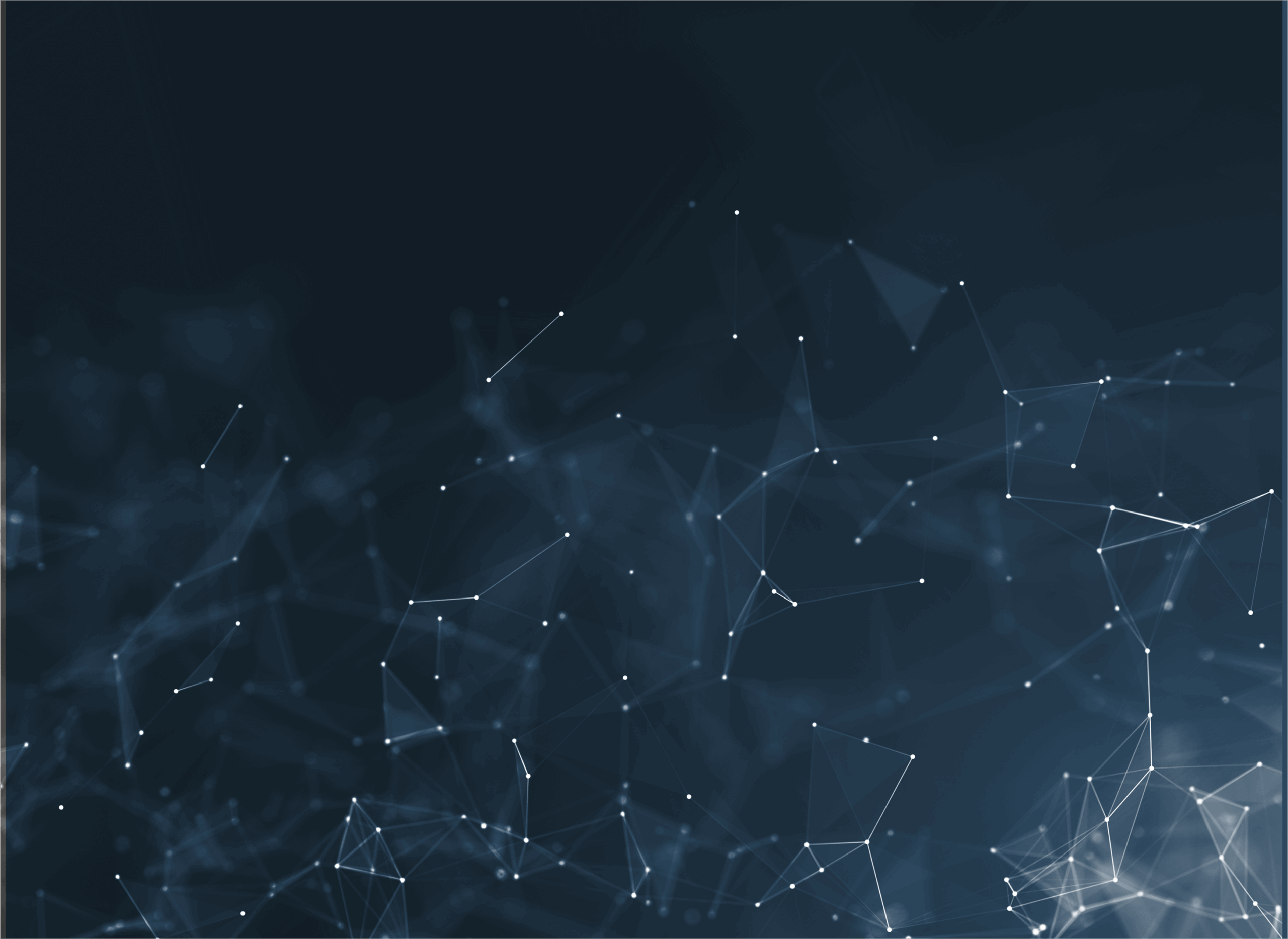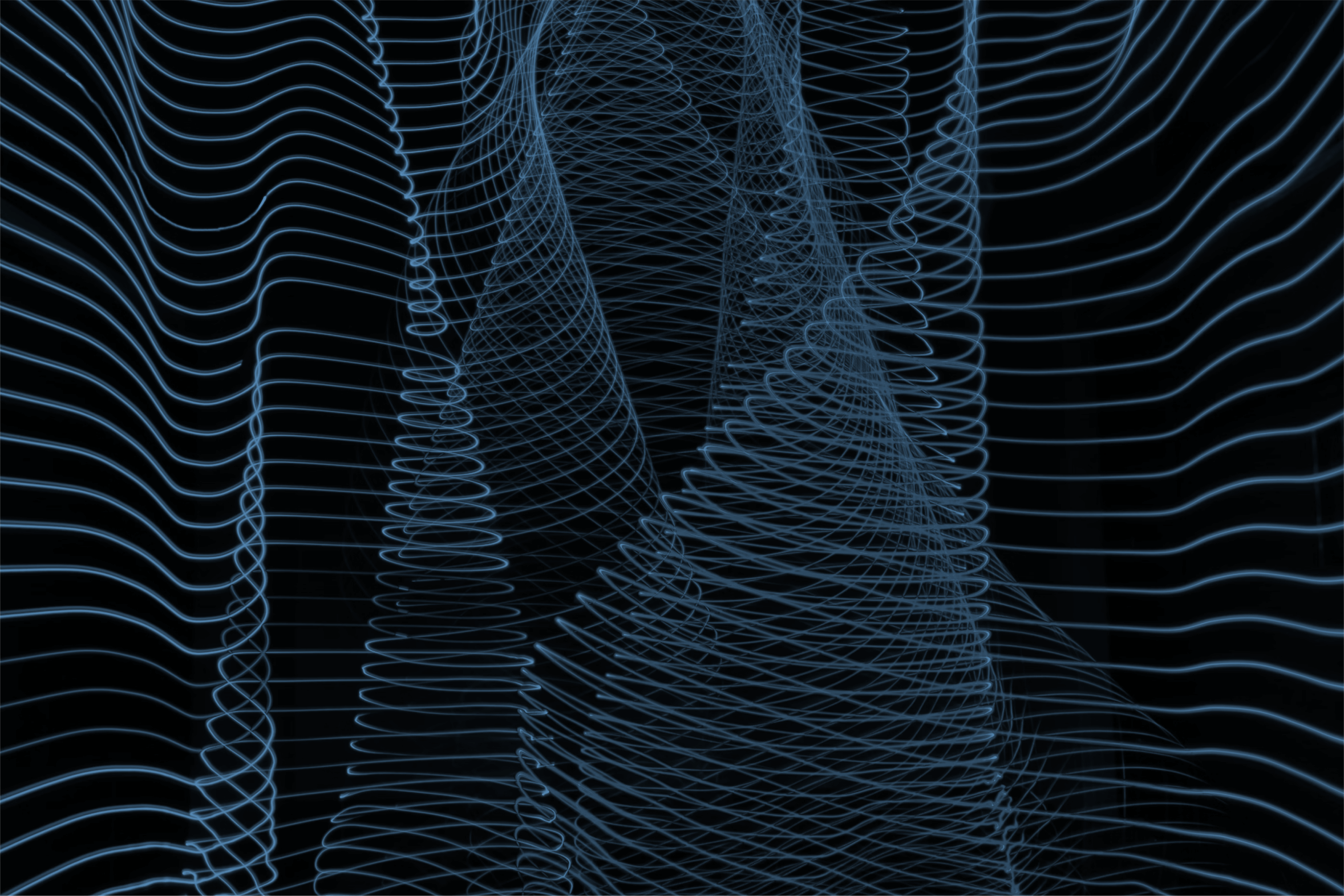Spice Route Legal

AI and The Law of Copyright in India
AI-GENERATED WORKS
To evaluate whether an AI-generated work can offer copyright protections, regulators will need to tackle questions regarding (a) authorship over the work and (b) whether AI generated works satisfy the test of originality under Indian law.
There is a related and equally interesting question of whether the fine balance achieved by copyright law between the interests of the author and the interest of the public in unfettered use and access of these creations requires a different sui generis law. That is a debate we plan to revisit later.
Authorship:
The Copyright Act permits only a natural person to claim authorship over a work. While the law acknowledges that computer-generated works i.e., works generated by any device that has information processing capabilities, qualify for copyright protection, it assigns authorship to the individual who causes the computer to generate the work. Content developed by AI are computer-generated works; however, where an AI system generates content with minimal or no human input, assigning authorship to a particular individual becomes difficult.
At this stage, the law does not prescribe a specific threshold for human involvement that is required to claim authorship over an AI-generated work. The only notable development in India that arose in this regard was from an application filed in 2020 which sought copyright protection for an AI-generated artwork. The Indian Copyright Office (“ICO”) initially granted registration to the applicant and listed the AI model, RAGHAV (Random Art Generator and Human Aided Visualisation), as a co-author alongside the human author. However, in December 2021, the ICO issued a withdrawal notice, stating that an AI tool cannot be an ‘author’ and found that the degree of human involvement in creating the registered work was insufficient. The ICO’s position aligns with that of the U.S. Copyright Office (“USCO”) which clarified in its report that works generated entirely by AI without meaningful human input are ineligible for protection1. The USCO also stated that, to evaluate whether an AI-generated work is eligible for copyright registration, it will examine whether the work was a result of “mechanical reproduction” or of the author’s “own mental conception”.
Accordingly, in our view, authorship over AI-generated works depends on the degree of human input that has gone into a work. Regulators have not specified a threshold or test to identify what constitutes sufficient human involvement; at this stage, companies will need to undertake internal assessments to evaluate whether they can claim copyright over their AI-generated content.
To undertake this assessment, companies may classify AI-generated works into three broad categories: (a) works with substantial human involvement (such as products developed through the use of AI-tools that assist the individual with limited activities), (b) works with moderate human involvement (such as content developed by large language models through human prompts), and (c) works with no human involvement (such as AI led marketing and branding policies). Most jurisdictions classify (c) as ineligible for copyright protections; however, regulators have not provided guidance with respect to the eligibility of (a) and (b) to claim such protections. We expect that, at this stage, these determinations will be handled by the ICO at the filing stage on a case by case basis.
Originality:
In addition to assigning authorship, the Copyright Act requires that any protected work be “original”. The law does not provide an objective criterion to assess the originality of a particular work; however, the Supreme Court in Eastern Book Company and Ors. vs. D.B. Modak and Anr2. held that the threshold for originality does not require novelty or a high level of artistic merit, but that it does require the author to establish that a minimum degree of creativity was used to develop the work. Works dictated solely by following technical rules or with limited levels of expression do not meet this standard, as they do not leave much room for creative freedom, and consequently, originality.3
The Beijing Internet Court in LI v. LIU4, is one of the first fora to deal with the question of originality with respect to an AI-generated work. The court found that a user who actively designed elements of AI-generated images (by entering prompts, making decisions regarding the layout, and constantly refining the output at various stages) imbued the work with originality and was therefore, the rightful author of the work. Similarly, the U.S. Copyright Office in 2023 cancelled the copyright registration of an AI-generated artwork on grounds that the applicant’s role in creating the work was limited to entering simple prompts and suggestions that were more akin to providing general directions to a commissioned artist rather than true authorship.5
We expect that Indian courts will follow its traditional approach to assessing originality (which is consistent with global practices) of an AI created work.
There are related practical questions as to how a company can structure the use of AI by its employees to ensure that the creation has the highest chance of being classified as ‘original’ under copyright. We plan to revise that later.
[1] US Copyright Office Report ‘Copyright and Artificial Intelligence’ Part 2 (Copyrightability) accessible here
[2] 2008 AIR SCW 49.
[3] Hoehling v. Universal City Studios, Inc., 618 F.2d 972, 979.
[4] (2023) Jing 0491 Min Chu No. 11279 (2023).
[5] US Copyright Office Letter Regarding Zarya of the Dawn (Registration # VAu001480196) dated 21 February 2023.
This website is owned and operated by Spice Route Legal, and is exclusively meant to be a source of information on the firm, it’s practice areas, and its members.
It is not intended and should not be construed as any form of advertisement, solicitation, invitation or inducement of any sort from the firm or its members.
Spice Route Legal does not warrant that any information provided on the website is accurate, complete or updated, and further denies liability for any and all loss or damage caused to the user as a result of their reliance on the content provided.
The information made available on this site must in no way be relied upon, or construed, as legal advice. If you need legal assistance, we recommend you seek help from competent counsel licensed to practice and advise in the relevant jurisdiction.





